Dan Harkins - Tropical Weather Analytics: Ex Terra podcast
Since the launch of the first weather satellite in 1960, these spacecraft have vastly improved weather forecasting around the world. Weather satellites now provide incredibly detailed images of weather systems as well as a wealth of data that make make those forecasts extremely accurate
They’ve also gotten much smaller. On this edition of The Ex Terra Podcast, Tom Patton talks with Dan Harkins, Chief Operating Officer of Tropical Weather Analytics, which is developing a constellation of weather forecasting nanosatellites.
Current weather forecasting models cannot keep up with the pace of climate change and extreme events. The NanoSats being developed by Tropical Weather Analytics will deliver the missing data set forecasters need to make more accurate and reliable weather predictions, the company says.
The polar winds interact with the jet streams and drive the majority of weather patterns across the globe. But existing satellites only provide a 2D solution to a 4D problem, measuring winds in just the horizontal axes while vertical winds are sparsely, and poorly, measured by weather balloons and stations. These new nanosatellites will leverage the company’s 4D (XYZ + Time) measuring technique to collect wind measurements across all altitudes with greater frequency and higher resolution. This gives forecasters a more accurate starting point to derive their forecasts from.
Weather Forecasting Nanosatellites will Supplement Hurricane Hunters
Rising temperatures are potentially making hurricanes more powerful and more frequent. The US is the only country with Hurricane Hunter Aircraft. At a cost of $250M per year to maintain those aircraft, Tropical Weather Analytics believes it can deliver similar observational capability with its satellites to the 20 vulnerable countries at 4% of the costs ($10M per year). The company will also aid the US when multiple hurricanes form simultaneously or the aircraft experience mechanical problems which could prevent timely observations.
How does what happens in space affect your everyday life? The Ex Terra podcast is dedicated to introducing you to many of the interesting people involved in the commercial space industry, and taking you behind the scenes with many of the companies making significant contributions to the new space economy. The podcast is available on Anchor, Spotify, Apple Podcasts, Google Podcasts, Breaker, Overcast, Pocketcasts and Radio Public.
00:00 - Start
00:13 - Introduction Dan Harkins
01:15 - What does Tropical Weather Analytics do?
02:18 - How can we improve hurricane forecasts?
04:37 - How does TWA technology help improve forecasting?
06:40 - How does a satellite measure wind?
08:11 - Whats limits us from better forecasts?
09:58 - The tech started on the ISS
12:24 - The TPA constellation
14:07 - Agile, mobile?
15:11 - How can this benefit business?
18:28 - Improving current forecasts
20:23 - Not just commercial aviation, general aviation as well
21:53 - Dan's background and the TPA team
24:25 - Crowdfunding
25:35 - How does CF work for a service?
26:58 - Will funding get tougher?
30:12 - Look ahead the next few years, what's ahead for space commerce?
32:12 - Closing
-
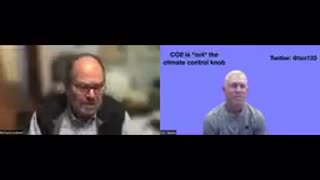 49:49
49:49
Everything's Inevitable
6 months agoRichard Lindzen on Climate Science - Tom Nelson Podcast
47 -
 29:11
29:11
Ex Terra: The Journal of Space Commerce
1 year agoTom Stroup - The Satellite Industry Association: The Ex Terra Podcast
8 -
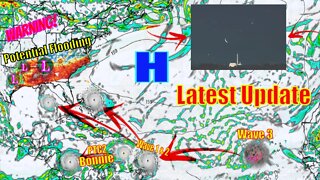 34:18
34:18
WeathermanPlus
1 year agoHuge Tropical Update! Invest 95l & PTC2 And More!! - The WeatherMan Plus Weather Channel
26 -
 13:18
13:18
Ham Radio 2.0
2 years agoHamSCI Workshop 2022: The Weather Connection - Opening Remarks
22 -
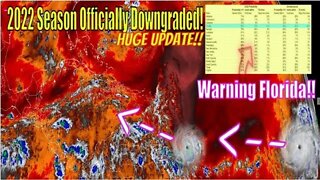 31:04
31:04
WeathermanPlus
1 year agoHUGE Tropical Update & Hurricane Season 2022! - The WeatherMan Plus Weather Channel
301 -
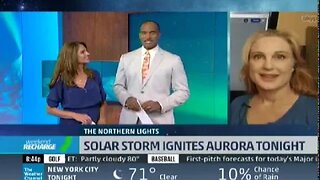 5:21
5:21
Dr. Tamitha Skov
6 years agoSolar Storm Update: Interview on The Weather Channel 07-16-2017
23 -
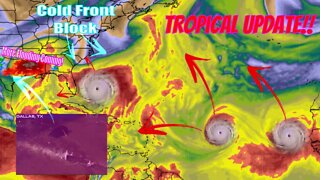 20:06
20:06
WeathermanPlus
1 year agoHistorical Flooding Plus Huge Tropical Update! - The WeatherMan Plus Weather Channel
29 -
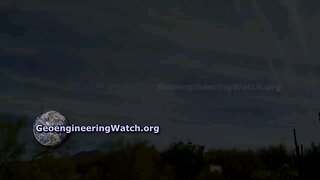 1:56:50
1:56:50
shoopdoggy
2 months agoThe Dimming (Climate Engineering Documentary) Global weather engineering operations are a reality.
114 -
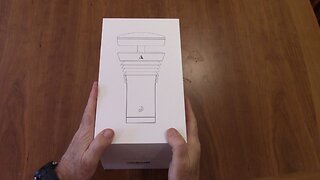 11:51
11:51
Helping others to learn new things and experience other parts of the world.
1 year ago $0.01 earnedWeatherFlow Tempest Weather Station Unboxing, Installation, and Review - Part 1
7 -
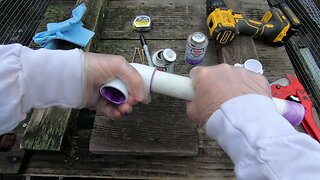 13:53
13:53
Helping others to learn new things and experience other parts of the world.
1 year agoWeatherFlow Tempest Weather Station Unboxing, Installation, and Review - Part 2
2